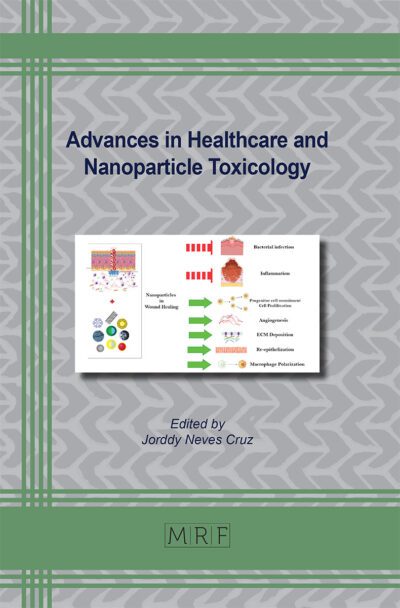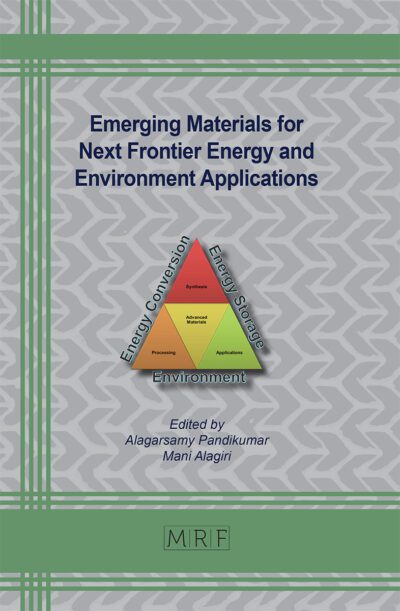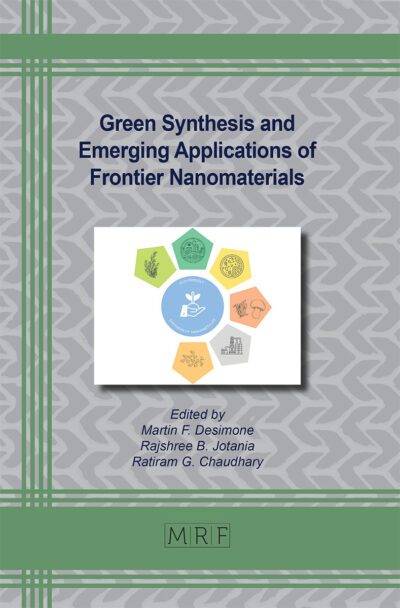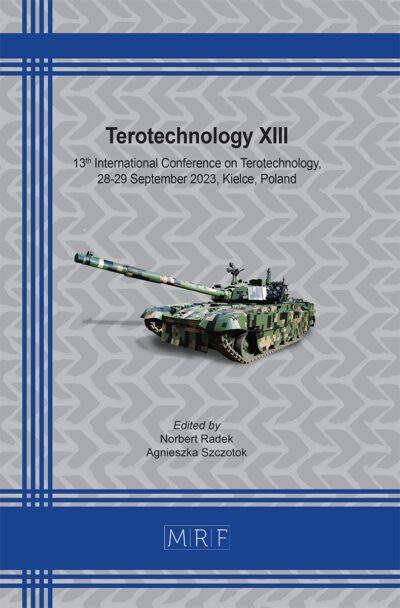Effect of SiC addition on processability of AISI S2 tool steel for laser powder bed fusion
SAGGIONETTO Enrico, ROGER VILA Gerard, DEDRY Olivier, TCHOUFANG TCHUINDJANG Jérôme, MERTENS Anne
download PDFAbstract. Laser Powder Bed Fusion (LPBF) of metallic alloys allows to achieve complex shape parts with innovative properties. However, the commercial availability of powder for LPBF is still limited, thus restraining the development of new alloys. To overcome this shortcoming, mixing different powders allows to tailor the chemical composition, although affecting the LPBF process. Indeed, to achieve a fully dense and defect-free part a proper melt pool must be generated during the LPBF process, in order to ensure good overlapping between each track and layer. Melt pools can be described as conductive or key-hole like, promoting the appearance of process-induced defects such as lack of fusion or key-hole porosities. Processing a mixture of several powders by changing the amount of one constituent can affect the type of melt pool generated during the process, thus shifting the process map. In this work, AISI S2 tool steel powders are enriched with 5 and 10% (in volume) of Silicon Carbide (SiC) and processed by LPBF. The effect of SiC on the processability is discussed for different volumetric energy density (Ed). Defects within cross sections are characterized and quantified, as well as the melt pool depth and morphology.
Keywords
Additive Manufacturing, Laser Powder Bed Fusion, Tool Steel, Melt Pool
Published online 4/24/2024, 8 pages
Copyright © 2024 by the author(s)
Published under license by Materials Research Forum LLC., Millersville PA, USA
Citation: SAGGIONETTO Enrico, ROGER VILA Gerard, DEDRY Olivier, TCHOUFANG TCHUINDJANG Jérôme, MERTENS Anne, Effect of SiC addition on processability of AISI S2 tool steel for laser powder bed fusion, Materials Research Proceedings, Vol. 41, pp 216-223, 2024
DOI: https://doi.org/10.21741/9781644903131-24
The article was published as article 24 of the book Material Forming
![]() Content from this work may be used under the terms of the Creative Commons Attribution 3.0 license. Any further distribution of this work must maintain attribution to the author(s) and the title of the work, journal citation and DOI.
Content from this work may be used under the terms of the Creative Commons Attribution 3.0 license. Any further distribution of this work must maintain attribution to the author(s) and the title of the work, journal citation and DOI.
References
[1] J. Platl, H. Leitner, C. Turk, A. G. Demir, B. Previtali, R. Schnitzer, Defects in a Laser Powder Bed Fused Tool Steel, Adv. Eng. Mater. 23 (2021) 1-11. https://doi.org/10.1002/adem.202000833
[2] A. Lüddecke, O. Pannitz, H. Zetzener, J. T. Sehrt, A. Kwade, Powder properties and flowability measurements of tailored nanocomposites for powder bed fusion applications, Mater. Des. 202 (2021). https://doi.org/10.1016/j.matdes.2021.109536
[3] J. Wang, R. Zhu, Y. Liu, L. Zhang, Understanding melt pool characteristics in laser powder bed fusion: An overview of single- and multi-track melt pools for process optimization, Adv. Powder Mater. 2 (2023). https://doi.org/10.1016/j.apmate.2023.100137
[4] W. E. King et al., Observation of keyhole-mode laser melting in laser powder-bed fusion additive manufacturing, J. Mater. Process. Technol. 214 (2014) 2915–2925. https://doi.org/10.1016/j.jmatprotec.2014.06.005
[5] E. Gärtner et al., Melt pool signatures of TiN nanoparticle dry-coated Co25Cr25Fe25Ni25 metal powder in laser-powder-bed-fusion, Mater. Des. 226 (2023). https://doi.org/10.1016/j.matdes.2023.111626
[6] S. Zhang, B. Lane, J. Whiting, K. Chou, On thermal properties of metallic powder in laser powder bed fusion additive manufacturing, J. Manuf. Process. 47 (2019) 382-392. https://doi.org/10.1016/j.jmapro.2019.09.012
[7] M. Khorasani et al., The effect of absorption ratio on meltpool features in laser-based powder bed fusion of IN718, Opt. Laser Technol. 153 (2022) 18263. https://doi.org/10.1016/j.optlastec.2022.108263
[8] Z. Zhang et al., 3-Dimensional heat transfer modeling for laser powder-bed fusion additive manufacturing with volumetric heat sources based on varied thermal conductivity and absorptivity, Opt. Laser Technol. 109 (2019) 297-312. https://doi.org/10.1016/j.optlastec.2018.08.012
[9] B. Brandau, A. Da Silva, C. Wilsnack, F. Brueckner, A. F. H. Kaplan, Absorbance study of powder conditions for laser additive manufacturing, Mater. Des. 216 (2022) 110591. https://doi.org/10.1016/j.matdes.2022.110591
[10] O. Pannitz, A. Lüddecke, A. Kwade, J. T. Sehrt, Investigation of the in situ thermal conductivity and absorption behavior of nanocomposite powder materials in laser powder bed fusion processes, Mater. Des. 201 (2021). https://doi.org/10.1016/j.matdes.2021.109530
[11] O. Pannitz, F. Großwendt, A. Lüddecke, A. Kwade, A. Röttger, J. T. Sehrt, Improved process efficiency in laser‐based powder bed fusion of nanoparticle coated maraging tool steel powder, Materials (Basel) 14 (2021) 1-22. https://doi.org/10.3390/ma14133465
[12] C. Tan, J. Zou, D. Wang, W. Ma, K. Zhou, Duplex strengthening via SiC addition and in-situ precipitation in additively manufactured composite materials, Compos. Part B Eng. 236 (2022) 109820. https://doi.org/10.1016/j.compositesb.2022.109820
[13] M. H. Mosallanejad, B. Niroumand, A. Aversa, A. Saboori, In-situ alloying in laser-based additive manufacturing processes: A critical review, J. Alloys Compd. 872 (2021) 159567. https://doi.org/10.1016/j.jallcom.2021.159567
[14] E. Saggionetto, E. Filippi, O. Dedry, J. T. Tchuindjang, and A. Mertens, Development and processability of AISI S2 tool steel by laser powder bed fusion, Mater. Res. Proc. 28 (2023) 41-48. https://doi.org/10.21741/9781644902479-5












